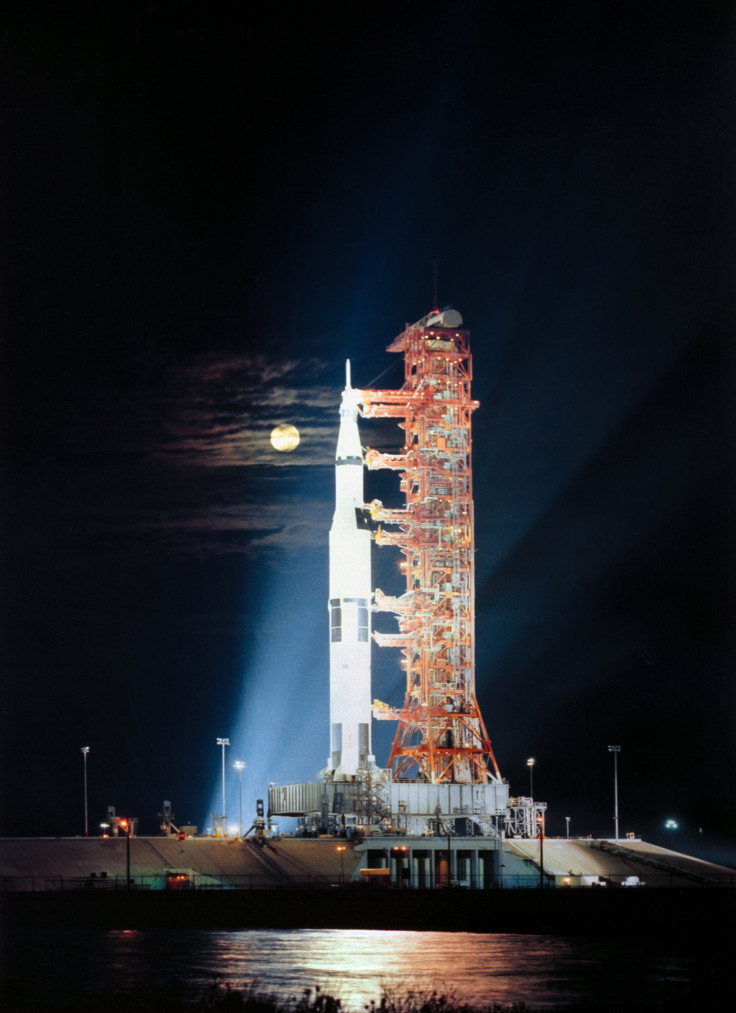NASA’s Apollo 12 Rocket Almost Got Destroyed Twice Seconds Before Launch

An expert on Apollo recalled how one of NASA’s missions to the Moon almost never left Earth due to two bizarre anomalies that occurred right before its launch. According to a report by NASA, the incident damaged certain components of the Apollo rocket.
The anomalies occurred just before the launch of the Apollo 12 mission in November 1969. A little over 30 seconds before blastoff, the rocket carrying the Apollo module got hit by lightning. Charles Conrad, the mission commander of Apollo 12, said that he even saw the flash produced by the lightning from the cockpit of the command module.
Despite the incident, NASA still proceeded with the launch as scheduled. However, shortly after the rocket reached an altitude of over 14,000 feet, it was hit by a second lightning strike. According to Apollo expert Brendan Owens of the Royal Observatory Greenwich, the incidents almost grounded the Apollo 12 mission.
“This mission may never have gone beyond Earth’s atmosphere at one point because it suffered one of the most spectacular launch anomalies,” Owens told Express.
Due to the anomalies that occurred during the launch of the mission, NASA released an incident report detailing the extent of damage caused by the two lightning strikes on the Apollo rocket. According to the agency, the anomalies were most likely triggered by the rocket, which acted like a long lightning rod on the ground.
NASA also stated that the lightning strikes caused major electrical disturbances that destroyed a total of nine sensors of the spacecraft. Fortunately, these sensors were nonessential. Also, astronauts aboard the command module and the staff members of mission control were able to quickly solve the issues caused by the lightning strikes.
“It was struck by lightning twice during launch and if it wasn’t for one of the mission control crew and astronaut Al Bean, they wouldn’t have switched to backup systems and been able to restore the controls to normal,” Owens explained. “They might have had to hit the abort button and it would have never happened, so it might have been something as spectacular as Apollo 13.”
© Copyright IBTimes 2025. All rights reserved.





















